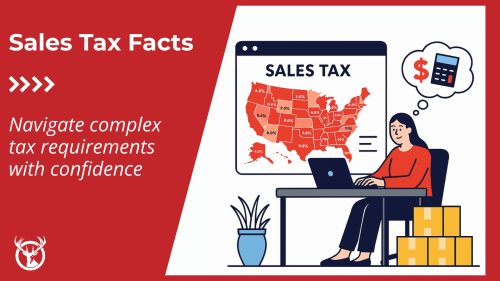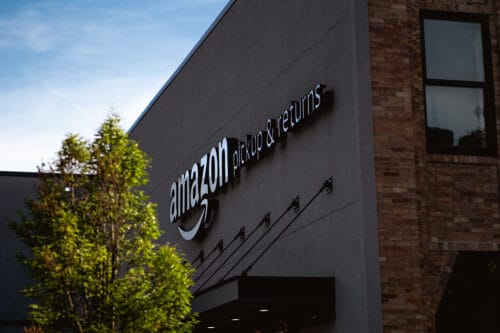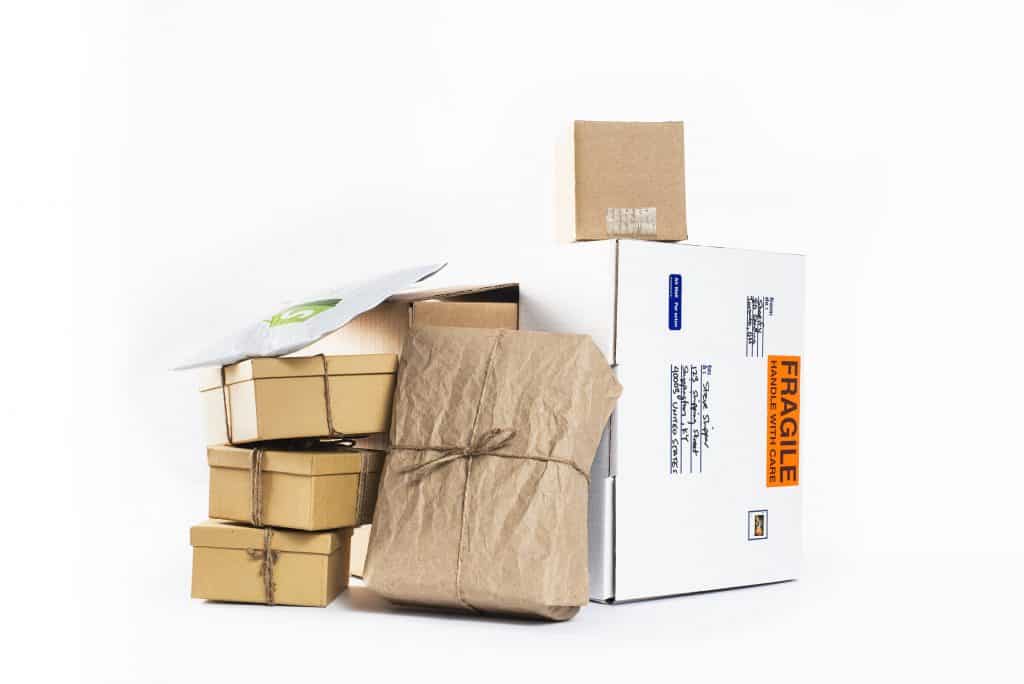
Returned holiday gifts are a fact of life. Not every gift is going to be a winner. Even the most thoughtful family members and friends can end up gifting something they replace or send back for a gift card.
Most retailers know that returns are an unavoidable part of the holiday season. This truth occurs whether the purchase happened online or in-store. In the not-so-distant past, returns were viewed in a negative light. However, with a clear return policy and cheerful customer service, you can convert returns into a positive experience that benefits your business.
This is one of our favorite posts so we update it at the end of every holiday season! This latest version was published on January 28, 2022.
2021 holiday sales statistics
Holiday sales have been on the rise for more than a decade. Still, the combination of pandemic eCommerce-spending shifts and improved consumer security led the U.S. to a 14% increase in holiday spending to $886.7 billion, according to the Census Bureau. Other studies put holiday retail sales at an 8.5% year-over-year growth — the difference usually occurs because of what product categories (like automotive) are excluded.
We’re most excited that online sales were up at least 11% compared to the 2020 holiday season. ECommerce made up 23.6% of total global retail sales. According to Mastercard, the top categories for growth compared to 2020 were:
- Apparel (+47.3%)
- Jewelry (+32.0%)
- Electronics (+16.2%)
These sales, however, come with a significant risk: returned holiday gifts. A UPS study predicts a 23% increase in returns compared to the 2020 holiday season, and the carrier says it’ll handle more than 60 million returns. Returns have increased for eight consecutive years, with 27% to 33% of adult Americans expected to make a return before the end of January. UPS says 21% of adults made a return before Christmas day.
Having a generous and smooth return process can win you repeat business. Returns can help you develop long-term positive relationships with customers. Companies like Zappos, Nordstrom, and Land’s End have recognized the need for an easy return process. These companies and others successfully use returns to stand out from the crowd.
Returned holiday gifts in 2022
For eCommerce retailers, returns are a fact of life year-round. The holidays pose an extra challenge. Understanding the flow of returned holiday gifts can help you plan and protect your profits.
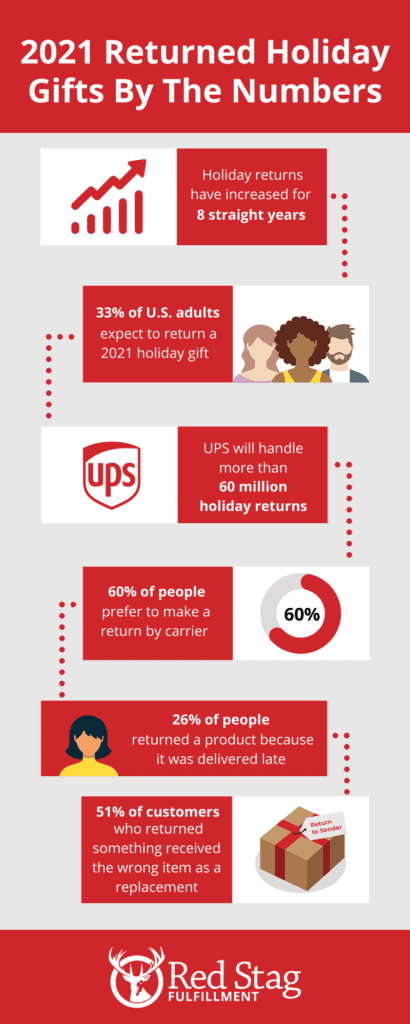
The busiest days for holiday returns
Which days sees the most returned holiday gifts? It depends on who you ask, but the common thread is that more returns are happening across more days. Carriers like UPS have celebrated the unofficial “National Returns Day” for years, but the 2021 growth means we’re now celebrating “National Returns Week.”
The largest-ever single returns day is still January 2, 2020, with 1.9 million returns
UPS estimates that it will process 1.75 million returned packages each day for the week of January 4th, meaning 8.75 million packages in that short time. Having many returns has been consistent since 2018, driven by eCommerce growth, early holiday sales, and pandemic spending. It also might have something to do with the fact that Christmas decorations started going up right after Halloween, as retailers continued to try to extend the number of shopping days in their most profitable season.
Number of returned 2021 holiday gifts
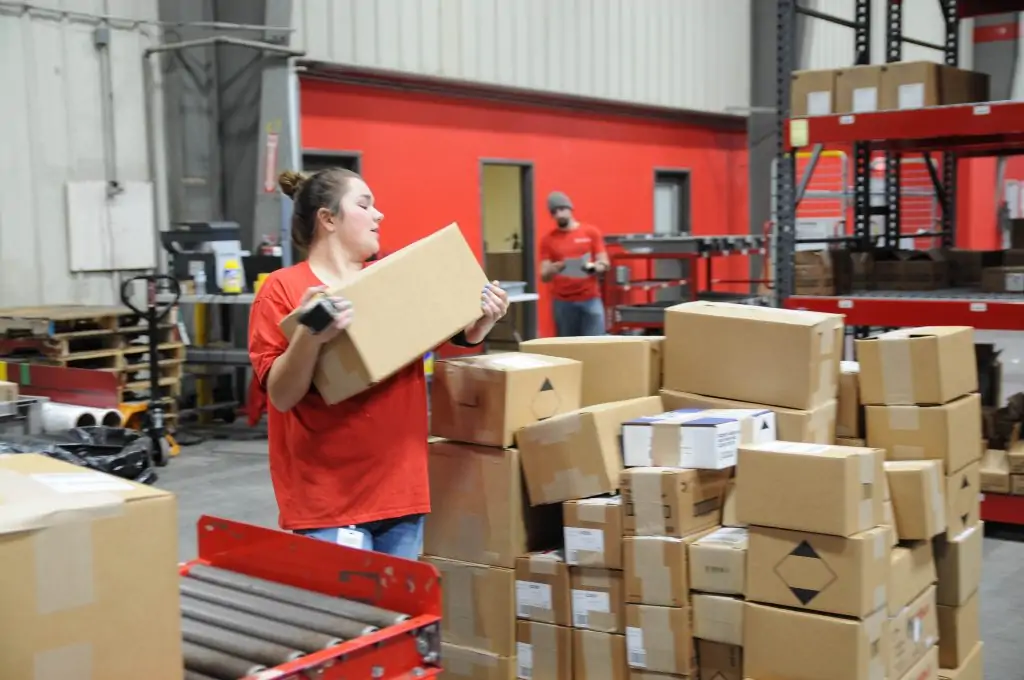
Holiday gifts are returned at a higher rate than regular purchases — up to a 35% return rate for eCommerce shops, compared to a regular 16%. According to data, UPS alone will handle more than 60 million returns after the 2021 holiday season — meaning a lot more when you think about FedEx, USPS, and regional carriers. A National Retail Federation study found that all retailers expect to see about 17.8% of merchandise sold to be returned both online and in-person. That’s $158 billion worth of goods, a 56% increase from 2020.
This year’s most returned items
The most commonly returned goods this holiday are once again apparel and electronics. The NRF says this is similar to regular return rates throughout the year, with 2021 returns looking like:
- auto parts (19.4%)
- apparel (12.2%)
- home improvement (11.5%)
- housewares (11.5%)
Don’t feel bad if you gave an unwelcome clothing gift last year. Clothing is the most returned online purchase all year long — that’s by the amount, auto parts tend to be ranked higher like above when you’re talking dollar amounts. And fast fashion means that styles turn over quickly, so those fringed boots you bought for your tween on Cyber Monday were so 2020 by the time she opened her gifts on Christmas Day.

Returned holiday gifts lead to post-holiday sales
It pays to have a simple and generous return policy, even if it might not seem like it. Multiple reports find that people returning holiday gifts want to do so in-store. That’s a relatively new slant to the statistic because it’s not always possible to perform an in-store return — due to eCommerce sales and the ongoing pandemic.
Returns are not only a part of the holiday season but an essential part of your eCommerce shop’s relationship with its customers. ECommerce return rates can be 30 percent or higher, so returns are a major point of interaction with consumers.
It’s crucial to ensure that customers have the best possible experience with returns. A great way to do this is through free or easy returns. The ROI may not be evident at first. Over time, however, you will see the difference when it comes to customer loyalty, repeat business, and maybe even an after-season purchase or two.
Creating a successful policy for returned holiday gifts
Studies on the impact of returns processes show that the return expense for an organization can range from 20% to 65% of the cost of goods sold, depending on the price tag and how efficient your returns are. Not only is that important for cutting costs, but a fast and easy process can protect you because 75% of people say returns impact if they buy from you again.
Free and easy return processes are incredibly important to consumers. Since there’s no way to avoid those eCommerce returns for most, here are five tips to help you create a consumer-friendly returns process that also is easy on your bottom line.
1. Spell it out
It’s tempting to hide your return policy in the small print to discourage customers from sending back their purchases. However, this can keep them from buying in the first place. You could be losing more than you gain. An estimated 65% of consumers check the returns policy before they buy, and 75% say they’re more inclined to shop again with online retailers who had a favorable returns policy.
A good returns policy is crucial to overcoming consumer resistance to buying an item they can’t touch. Make sure your returns policy is clearly stated, easy to understand, and consumer-friendly. Then, your shoppers are more likely to turn into buyers.
2. Offer free return shipping
Based on our experience and multiple studies, most consumers want free shipping on their returns. It consistently ranks as the top reason someone will rate a returns experience as “positive” or “good.” Most online shoppers say offering free shipping on returns is a best practice.
A 2012 study found that free return shipping led to increased sales. After a positive return experience (i.e., free shipping), the jump in sales could be as much as 357% in the two years following the return. While follow-ups haven’t focused on return percentages, studies in 2019 and 2020 found that sales fell by between 74% and 100% among people who’ve returned goods when they had to pay for return shipping.
Online shoppers just don’t want to pay for return shipping at the end of the day
Your eCommerce business will have to find a way to accommodate that to survive. Fortunately, paying for free return shipping is a challenge that you can overcome. Your ecommerce business will have to find a way to accommodate that to survive. Fortunately, paying for free return shipping is a challenge that you can overcome. Your shipper and 3PL can provide a process that fits your business. It’s worth it to work this out. Free return shipping leads to happy customers.
3. If you have a physical location, allow BORIS returns
Buy online, return in-store (BORIS) returns typically are very popular. As noted above, customers who return an online purchase in the store are likely to buy something else. If you have both a brick-and-mortar store and an eCommerce site, BORIS returns are a great way to boost your sales.
In typical years, the value of BORIS is tied closely to BOPIS (buy online, pick up in-store), but the ongoing pandemic makes it hard to predict at this point. We’ll keep our focus on this trend to see if the option continues to pay off for retailers.
4. Use returned holiday gifts as a chance to create a personal connection with customers
Your interaction during a return may be your best opportunity to make a personal connection. In the case of returned holiday gifts, this may be the first chance you have to connect with someone who hasn’t purchased from you before. It’s a good idea to make the most of the opportunity.
Make sure the interaction is a good one. Communicate expectations clearly. Be as generous as you can with the terms of the return. Bend the rules a little, if necessary. Make the interaction personal and friendly. A returned holiday gift could be the first step to gaining a loyal customer.
5. Remember that every return is also a sales opportunity
Treat customers who returned holiday gifts like every other customer. Follow up with coupons, offers, and information about new products. Help your customers exchange gifts that weren’t the correct size or color for something they want. Show them that you have items they can’t resist, even if someone guessed wrong when they picked out a gift.
If you can turn a returned holiday gift into a new order (or two or three), you’ve succeeded in turning your returns policy from a money loser into a sales opportunity.
Are you interested in mastering the returns process and policies? Let Red Stag Fulfillment help. First, you can use this guide to implement eCommerce best practices. Then, contact our team to learn how we control costs and speed up returns and many other fulfillment and logistics processes. Your business deserves every lead that it can get, and our best customers proudly include Red Stag on their list of competitive advantages.






